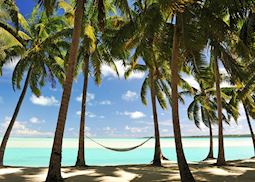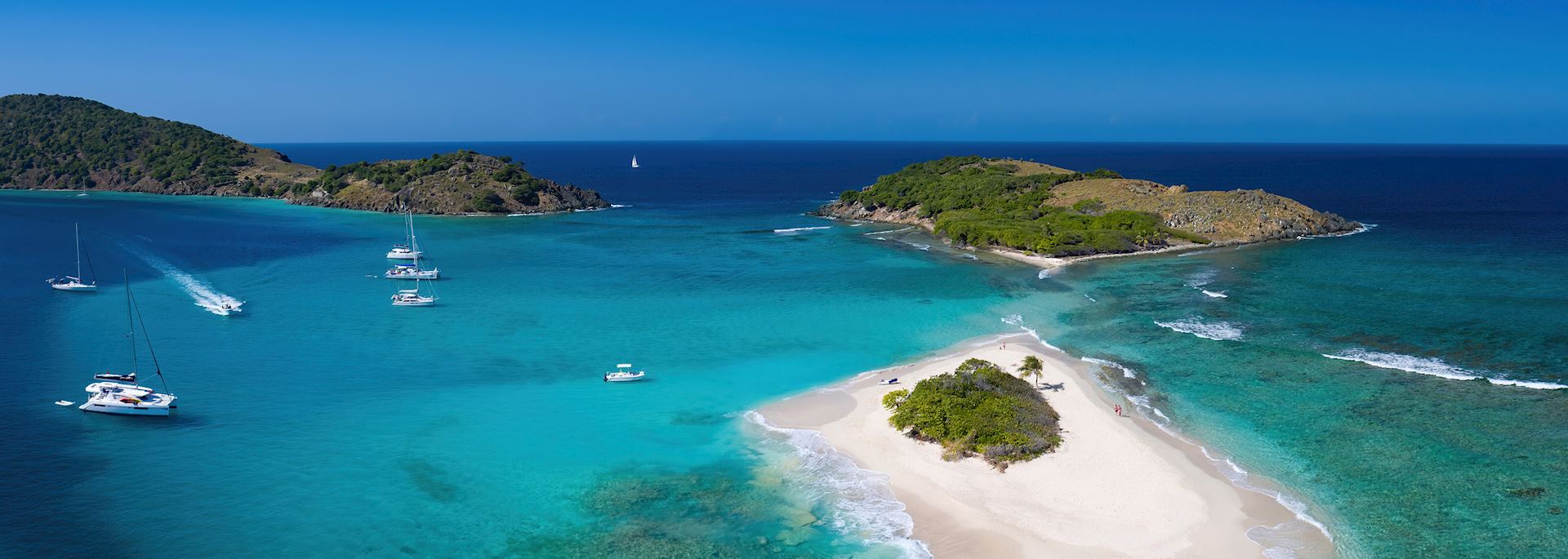
The images usually conjured of the Caribbean are palm trees, sweeping sandy beaches, steel pan music and locally made rum on tap. While these are all undeniably true, we’d also encourage you to look further. Our specialists can help you explore each island’s charm and appeal, from suggesting a climb to a British naval fortress on Saint Kitts to recommending Michelin-starred restaurants on Barbados or a private island in Saint Vincent and the Grenadines.
The best way to get a real sense of the region’s diversity is by visiting several islands on your Caribbean vacation. You can island-hop between our hand-picked selection, spending time in a cocoa estate on Saint Lucia before lazing on a deserted cove on Bequia or yachting through the waters of the British Virgin Islands.
who's been there
Start planning your tailor-made trip by contacting one of our Caribbean specialists
-
617-223-4521617-223-4189
- Make an inquiry
Where you can travel with us in the Caribbean
Our specialists can help you plan your trip, individually focusing on your tastes and interests, to the destinations below.
Trip ideas in the Caribbean
These itineraries will give you a starting point for what your trip could entail. They cover routes that we've found work particularly well and feature some of our favorite places to stay. Treat them just as inspiration, as each trip is created uniquely for you and there are many more options available.
